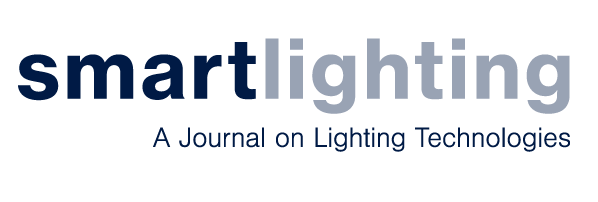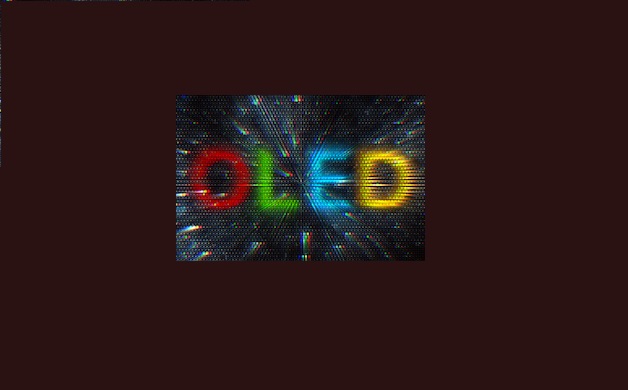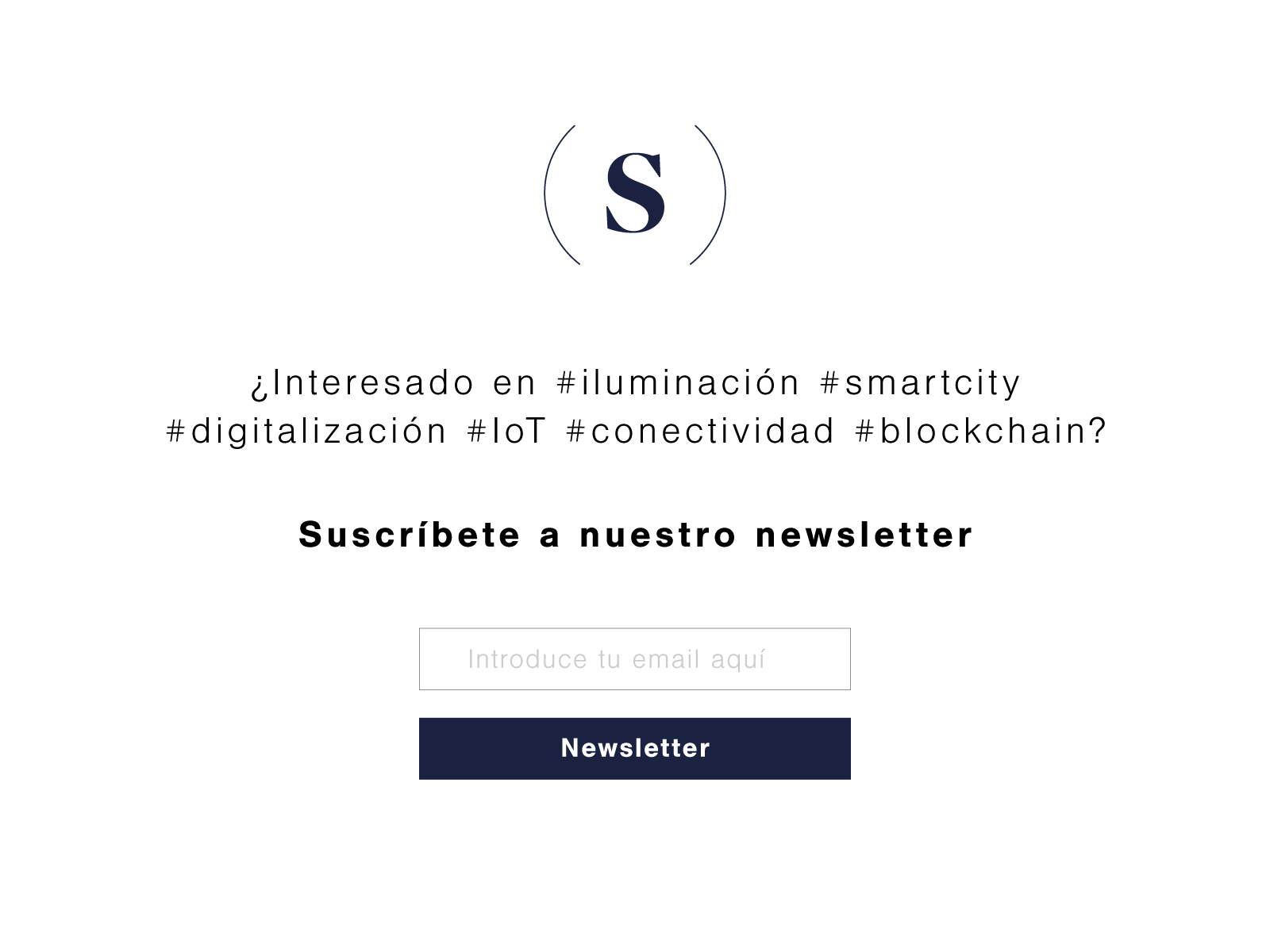Benefitting directly from the PI-SCALE project – which involves the creation of pilot lines for the production of flexible OLEDs using roll-to-roll deposition methods – SOLEDLIGHT (Solution Processed OLEDs for Lighting) successfully developed multilayer OLEDs with power efficiencies achieving 20 lm/W. Whilst not yet on par with vacuum-processed equivalents, the new devices are hoped to achieve 100 lm/W and lifetimes superior to 15 000 hours by the end of the project.
Dr Henk Bolink, researcher at the University of Valencia and coordinator of SOLEDLIGHT, discusses the project’s achievements so far and its potential, notably in general lighting and automotive applications.
How does your project provide a potential solution to the OLED lighting cost issue?
Printed or coated multi-layer OLEDs combine the benefit of high performance with high throughput deposition methods that are efficient in materials usage. Additionally, the initial investment cost is lower compared with industry-standard vacuum deposition processes.
How about efficiency and lifetime of your OLEDs? How do they compare to alternatives?
The SOLEDLIGHT solution processed OLEDs are not yet on par with the vacuum-processed equivalents. Initial fully solution-processed OLEDs consisting of five active layers have been successfully prepared and achieved 20 lm/W.
Can you tell us more about the specifics of your technology and production processes?
Our approach towards fully solution-processable OLEDs is based on a dual approach of cross-linkable layers and orthogonal solvents. The roll-to-roll (R2R) coating line that we used, available at the Holst Centre for R&D, consists of two coating stations inside a compact cleanroom. It includes two closed drying ovens, one of 20 m and one of 10 m, for air or inert atmospheres, located outside the cleanroom. The two coaters and dryers are coupled together in one line, using a unique web transport system which allows substrate handling without ever touching the sensitive surface where the coating is applied.
Why did you choose this production line specifically?
One objective of the SOLEDLIGHT project was to demonstrate high-throughput, large-area production of OLEDs by solution-based technologies. The R2R coating line developed within the PI-SCALE project at the Holst Centre is unique in Europe for its ability to deposit functional OLED inks over large areas at high speeds.
Economic analyses have shown that mass production of OLED lighting elements at commercially-competitive cost requires solution processing, as vacuum deposition is predicted to be way too expensive (note however that the situation is different for display applications). The R2R line is therefore excellently suited to the needs of our project.
Where were the main lessons learned?
The success of R2R OLED production by solution-based techniques very much depends on the exact properties of the materials involved, especially their chemical stability / sensitivity regarding environmental agents like water and oxygen, which potentially can degrade them and affect the devices’ performance.
This is a much more serious issue in R2R manufacturing than in sheet-to-sheet processing, where the complete exclusion of influences from the ambient atmosphere can be much more easily achieved. When sufficiently stable materials systems are available, however, the R2R process can be carried out without compromising the quality of the final OLED devices compared to sheet-to-sheet production.
What difficulties did you face and how did you overcome them?
Light emitting layers consisting of small molecular weight materials are difficult to protect against subsequent layer deposition from wet processes. Using a combination of cross-linkable components and orthogonal solvents, we have been able to prepare fully solution-processable OLEDs.
What are your commercialisation plans after the end of the project?
SOLEDLIGHT has two industrial partners – OSRAM OLED GmbH and Solvay – as well as the Open Innovation Centre Holst. OSRAM is currently focusing on OLED for automotive, but continues its activities for general lighting.
Solution processed OLED and R2R techniques are regarded, for both fields of application, as future alternatives to the established evaporation-based process. Some of the materials and/or technologies developed within SOLEDLIGHT might be incorporated into the OLED pilot line services of the PI-SCALE project, located at the Holst Centre, which intends to grow into a self-sustainable commercial entity after an initial period of EU funding.
SOLEDLIGHT
CORDIS project webpage



